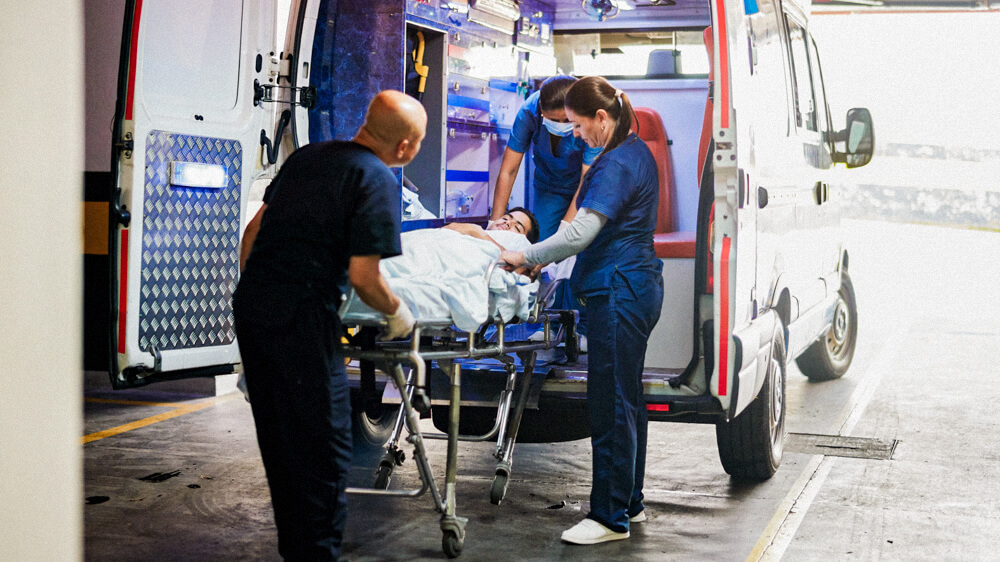


You can then submit your National Registry application.You must also acknowledge NREMT’s policies. Log in to your NREMT account and provide your personal information. You must also have passed the NREMT exam within the last 2 years to get your certification.However, there are some states that don’t prohibit candidates who are 16 or 17 years of age to complete the exam. You must at least be 18 years old to take the NREMT exam and get your certification.You need to have the following EMT requirements :.You must have successfully passed the NREMT cognitive exam and a state-approved NREMT psychomotor exam.You must have a current CPR-BLS for “Healthcare Provider” or an equivalent credential.Alternatively, you may also complete an EMT refresher course for 24 hours. In addition to that, you are required to undergo EMT continuing education with at least a minimum of 48 hours. EMT training is usually 120 to 180 hours. You must have the required minimum hours for EMTs.The course Program Director will verify it on the NREMT website. Also, you must have completed the courses within the past 2 years. They must meet or exceed the National Emergency Medical Services Education Standards for EMTs. You must enroll in EMT programs or successfully pass state-approved EMT courses.
#Emt practice test online how to#
How to Become an EMT?īefore becoming an EMT, you must pass the NREMT test and get certified. They usually do work that requires equipment that you can often find in an ambulance. EMT jobs require knowledge and skills that are necessary for patient care and transportation. Their main focus is to provide emergency medical care and transportation for patients who are in critical conditions and who access the emergency medical system. They are also employed by fire departments and police departments.” What do EMTs do ?Īn EMT job description will involve a lot of things. In many cases, EMTs offer ambulance services while under the employment of the government, hospitals or private firms. “clinicians who have undergone training that prepares them to be able to respond fast when emergencies of a medical nature arise, or when there are people with injuries resulting from trauma or accidents.


 0 kommentar(er)
0 kommentar(er)
